Home>Furniture>Outdoor Furniture>How To Protect Patio From Fire Pit
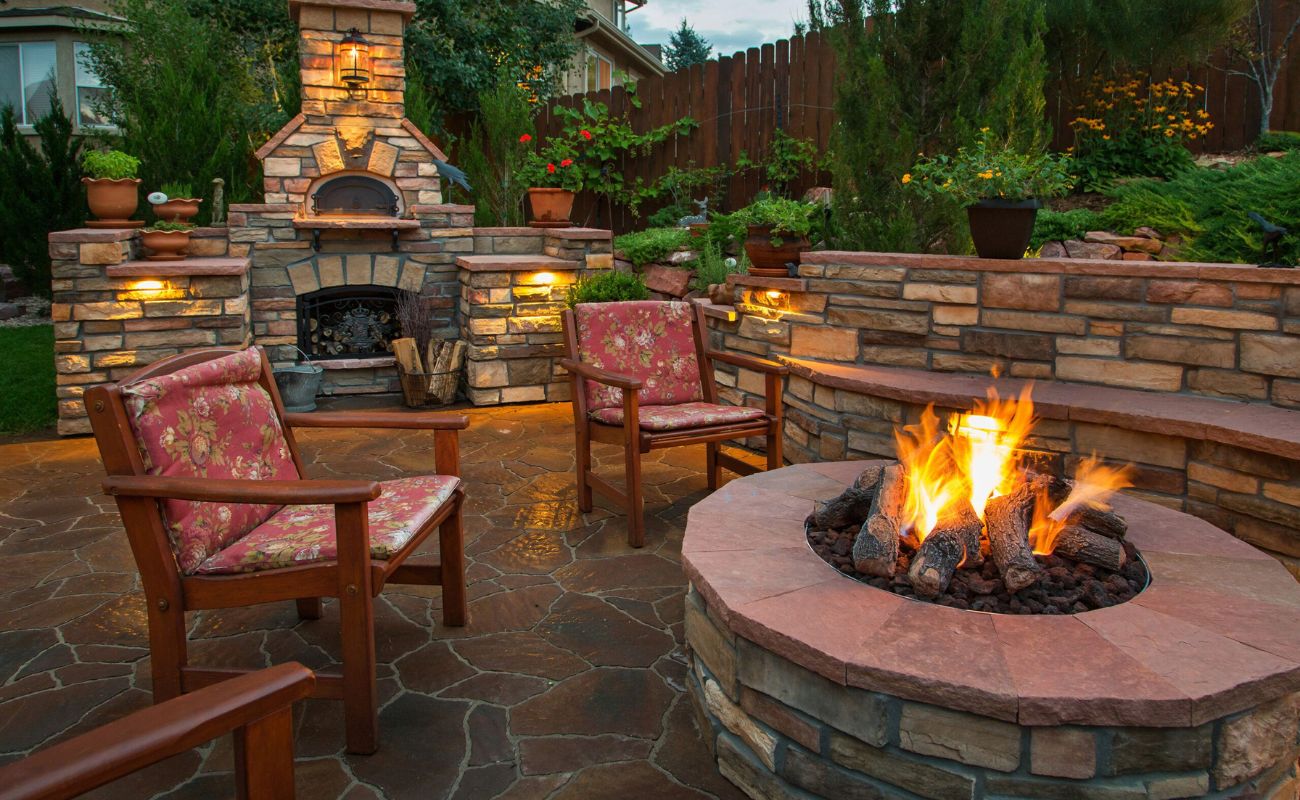

Outdoor Furniture
How To Protect Patio From Fire Pit
Modified: March 7, 2024
Learn how to protect your outdoor furniture and patio from potential fire pit damage. Safeguard your investment with these simple tips and enjoy your outdoor space worry-free.
(Many of the links in this article redirect to a specific reviewed product. Your purchase of these products through affiliate links helps to generate commission for Storables.com, at no extra cost. Learn more)
Introduction
Having a fire pit in your outdoor space can be a fantastic way to create a cozy and inviting atmosphere. Whether you enjoy gathering around the fire for storytelling, roasting marshmallows, or simply relaxing in its warm glow, a fire pit can be a valuable addition to your patio. However, it’s essential to prioritize safety when using a fire pit to prevent accidents or damage to your patio. In this article, we will discuss how to protect your patio from the potential hazards associated with fire pits.
Before diving into the specifics, it’s crucial to note that fire pits should always be used in accordance with local regulations and guidelines. Additionally, make sure to follow the manufacturer’s instructions and recommendations for the fire pit you have chosen. Now, let’s explore the various steps you can take to ensure the safety of your patio while enjoying the ambiance of a fire pit.
Key Takeaways:
- Choose a safe location for your fire pit, clear the area, and create a fireproof barrier using non-combustible materials to protect your patio from potential fire hazards.
- Prioritize safety precautions, proper storage of fire pit accessories, and emergency preparedness to ensure a safe and enjoyable experience around your fire pit.
Read more: How To Build A Fire Pit Patio
Choosing a Safe Location for Your Fire Pit
A critical factor in protecting your patio from the potential dangers of a fire pit is selecting an appropriate location for it. Here are some considerations to keep in mind:
- Distance from flammable objects: Choose a location that is at least 10 feet away from any flammable objects, such as trees, shrubs, fences, or buildings. This distance will help prevent sparks or embers from igniting nearby structures.
- Clearance from overhead structures: Ensure that there is ample space above the fire pit to avoid any potential hazards. It’s best to keep the fire pit at least 20 feet away from any overhanging branches, patio covers, pergolas, or other structures that could pose a fire risk.
- Stable ground: Place the fire pit on a sturdy and level surface to prevent accidental tipping. Avoid uneven ground or areas prone to erosion or shifting, as these can compromise the stability of the fire pit.
- Avoid windy areas: Position the fire pit in an area that is sheltered from strong winds. Wind can cause the flames to grow uncontrollable and may spread sparks or debris towards flammable objects.
By taking these factors into consideration and carefully choosing the location for your fire pit, you can significantly reduce the risk of accidents and ensure the safety of your patio area.
Clearing the Area
Before you start using your fire pit, it’s essential to thoroughly clear the area surrounding it to minimize fire hazards. Here are some steps to follow:
- Remove flammable materials: Clear away any dry leaves, twigs, or other flammable materials from the immediate vicinity of the fire pit. These materials can easily catch fire from sparks or embers and pose a severe risk to your patio.
- Trim overhanging branches: If there are any trees or shrubs near the fire pit, trim the overhanging branches to ensure they are at a safe distance. This will prevent flames from reaching the foliage and reduce the risk of a fire spreading.
- Check for obstructions: Take a close look around the fire pit area and remove any potential obstructions. This includes patio furniture, outdoor decor, or anything else that could obstruct access to the fire pit or impede safe movement around it.
- Keep a clear path: Ensure there is a clear path from the fire pit to the nearest exit. This will allow for quick and easy evacuation in case of an emergency.
By diligently clearing the area around your fire pit, you create a safer environment and reduce the risk of accidental fires. Regularly assess the area before each use to ensure it remains free from flammable materials and potential hazards.
Creating a Fireproof Barrier
Another important step in protecting your patio from the heat and potential damage of a fire pit is creating a fireproof barrier. This barrier serves as an extra layer of protection and helps prevent accidental fires. Here’s how you can create a fireproof barrier:
- Use a non-combustible base: Start by placing your fire pit on a non-combustible base, such as concrete, pavers, or fire-resistant tiles. This base will help prevent heat transfer to the ground beneath and reduce the risk of fire spreading.
- Add a heat-resistant mat: For added protection, consider placing a heat-resistant mat under the fire pit. These mats are specifically designed to withstand high temperatures and provide an extra barrier between the fire pit and your patio surface.
- Surround the fire pit with non-combustible materials: Create a perimeter around the fire pit using non-combustible materials, such as bricks, stones, or metal. This barrier will help contain sparks and embers and prevent them from reaching the surrounding patio surface.
- Consider a fire pit shield: If your fire pit is positioned close to flammable materials or structures, you may want to invest in a fire pit shield. These shields are designed to deflect heat away and provide an additional layer of protection.
By implementing these measures, you can effectively create a fireproof barrier and minimize the risk of fire-related accidents or damage to your patio. Regularly inspect the barrier to ensure it remains intact and in good condition.
Using Fireproof Materials
When it comes to protecting your patio from the intense heat and potential fire risks of a fire pit, using fireproof materials is crucial. By selecting fire-resistant materials for your patio, you can minimize the chance of accidents and damage. Here are some key considerations:
- Patio flooring: Opt for fire-resistant flooring materials, such as concrete, stone, or porcelain tiles. These materials are less likely to ignite from the heat of the fire pit and provide an added layer of safety.
- Furniture: Choose patio furniture made from fire-resistant materials, such as wrought iron or aluminum. Avoid materials like plastic or wood that can easily catch fire.
- Decorative elements: Consider using fireproof decorative elements, such as fire-resistant cushions, curtains, or pillows. These materials can help protect your patio from ember sparks and offer an extra safeguard.
- Plant selection: Be mindful of the plants you choose for your patio. Opt for fire-resistant plants that are less likely to catch fire, such as succulents, cacti, or plants with high moisture content.
By incorporating fireproof materials into your patio design, you create a safer environment and reduce the risk of fire-related incidents. Regularly inspect your patio materials and replace any damaged or worn-out components to ensure continued protection.
Place a heat-resistant mat or pad under the fire pit to protect the patio surface from heat and sparks. Make sure the mat is large enough to extend beyond the edges of the fire pit.
Read more: How To Build A Fire Pit On A Concrete Patio
Regular Maintenance and Inspections
To ensure the ongoing safety of your patio and fire pit, regular maintenance and inspections are essential. Here are some key steps to follow:
- Clean your fire pit: Regularly remove ashes, debris, and any flammable materials from your fire pit. Cleaning your fire pit not only improves its performance but also reduces the risk of accidental fires caused by buildup.
- Check for damages: Inspect your fire pit for any cracks, dents, or damaged parts. Damaged components can pose a safety hazard and compromise the integrity of the fire pit. If you notice any issues, repair or replace the damaged parts promptly.
- Test your fire pit: Before each use, test your fire pit to ensure it is functioning correctly. Check the ignition system, fuel supply, and flame control to ensure everything is in proper working order.
- Inspect surrounding areas: Regularly inspect the surrounding areas of the fire pit, including the fireproof barrier and patio materials. Look for any signs of wear, damage, or potential fire hazards. Address any issues promptly to maintain a safe environment.
- Follow recommended maintenance guidelines: Review the manufacturer’s recommendations for maintenance and follow them diligently. This may include cleaning instructions, maintenance schedules, and specific care guidelines for your particular fire pit.
By incorporating regular maintenance and inspections into your routine, you can identify and address any potential safety concerns before they become significant issues. This proactive approach will help ensure the long-lasting safety and functionality of your fire pit and patio area.
Proper Storage of Fire Pit Accessories
When it comes to protecting your patio and fire pit, proper storage of fire pit accessories is crucial. By storing your accessories correctly, you can prevent damage, extend their lifespan, and minimize the risk of accidents. Here are some tips for proper storage:
- Cover your fire pit: When not in use, cover your fire pit with a durable and weather-resistant cover. This will protect it from the elements and prevent debris from accumulating inside.
- Store fuel properly: If you use propane or any other fuel source for your fire pit, ensure that the tanks are stored in a well-ventilated and secure area. Follow the manufacturer’s instructions for storage and handling to prevent leaks or other safety issues.
- Keep fire pit tools secure: Store fire pit tools, such as pokers or tongs, in a designated location away from children and pets. Hang them on hooks or keep them in a secure container to prevent accidents and ensure easy access when needed.
- Protect fire pit accessories: If you have additional accessories like spark screens or cooking grills, store them in a dry and protected area. Clean them thoroughly before storage to remove any residue or debris that could pose a fire hazard.
- Inspect and maintain accessories: Regularly inspect your fire pit accessories for any signs of wear or damage. Repair or replace any damaged parts as needed to maintain the safety and functionality of the accessories.
By implementing proper storage practices for your fire pit accessories, you can ensure their longevity, reduce the risk of accidents, and maintain a well-organized outdoor space. Remember to always follow the manufacturer’s guidelines for storage and handling of your specific fire pit and accessories.
Safety Precautions while Using the Fire Pit
While enjoying the warmth and ambiance of your fire pit, it’s essential to prioritize safety. By following some key safety precautions, you can minimize the risk of accidents and ensure a safe experience for everyone. Here are some important safety measures to keep in mind:
- Supervise the fire at all times: Never leave the fire pit unattended, especially when it is still lit. Assign a responsible adult to monitor the fire and ensure that children and pets maintain a safe distance.
- Keep a fire extinguisher nearby: Have a working fire extinguisher within reach of the fire pit area. Familiarize yourself with its usage and make sure it is suitable for handling different types of fires.
- Use proper fire starters: Avoid using flammable liquids or materials to start the fire. Instead, opt for commercially-available fire starters that are designed for fire pits.
- Maintain a safe distance: Encourage everyone to maintain a safe distance from the fire pit. Establish a clear boundary or mark an area around the fire pit to ensure that people stay a safe distance away from the flames.
- Avoid loose and flammable clothing: When near the fire pit, avoid wearing loose or flammable clothing that could easily catch fire. Opt for tight-fitting and non-flammable fabrics to reduce the risk of accidents.
- Be cautious with children and pets: Educate children about the dangers of fire and establish clear rules for their behavior around the fire pit. Keep children and pets at a safe distance and never allow them to play unsupervised near the fire pit.
- Monitor sparks and embers: Use a spark screen or mesh cover to contain sparks and embers. Regularly check for any escaping sparks and ensure that they do not pose a fire hazard to the surrounding area.
- Extinguish the fire properly: When you are finished using the fire pit, carefully extinguish the fire using water or fire-rated extinguishing products. Allow the fire pit to cool completely before leaving the area.
By strictly adhering to these safety precautions, you can enjoy your fire pit responsibly and minimize the risk of accidents or damage to your patio and surrounding areas. Safety should always be the top priority when using a fire pit.
Emergency Preparedness
While we hope for the best, it’s crucial to be prepared for emergencies when using a fire pit. By taking proactive measures and having a plan in place, you can effectively handle unexpected situations and ensure the safety of yourself and others. Here are some emergency preparedness tips:
- Keep a first aid kit nearby: Have a well-stocked first aid kit readily available in case of any minor injuries. Familiarize yourself with its contents and know how to use them effectively.
- Know your emergency contact information: Keep a list of important contact numbers, including emergency services, local fire department, and nearest hospital, in a place where it can be easily accessed by everyone in the household.
- Have a fire escape plan: Create and practice a fire escape plan for your home, including a designated meeting point outside. Ensure that everyone in the household knows how to safely exit the premises in case of a fire-related emergency.
- Stay informed about fire safety: Stay up-to-date with fire safety guidelines and recommendations provided by your local fire department or relevant authorities. This knowledge can help you make informed decisions and take appropriate actions during an emergency.
- Install smoke and carbon monoxide detectors: Place smoke detectors and carbon monoxide detectors in your home, including areas near the fire pit. Test them regularly to ensure they are functioning correctly and replace batteries as needed.
- Have a fire extinguisher nearby: In addition to having a fire extinguisher near the fire pit, ensure that you have additional extinguishers strategically placed throughout your home. Familiarize yourself with their usage instructions and maintenance requirements.
- Teach fire safety to children: Educate children about the importance of fire safety and how to respond during an emergency. Teach them how to stop, drop, and roll in case their clothing catches fire and explain the hazards of playing with fire.
- Practice fire safety throughout the year: Fire safety is not limited to the use of fire pits; it should be practiced all year round. Be mindful of fire hazards both inside and outside your home and take necessary precautions at all times.
By being prepared and educated about emergency situations, you can effectively respond to potential risks and ensure the safety of yourself, your loved ones, and your property. Remember, it is better to be prepared and not need it than to need it and not be prepared.
Read more: How To Build An Outdoor Fire Pit On A Patio
Conclusion
Protecting your patio from the potential hazards of a fire pit is crucial to ensure the safety of yourself, your loved ones, and your outdoor space. By implementing the proper safety measures and following essential guidelines, you can enjoy the warm and inviting atmosphere of a fire pit without compromising on safety.
Start by choosing a safe location for your fire pit, keeping a suitable distance from flammable objects and ensuring stable ground. Clear the area around the fire pit, removing any flammable materials or obstructions, and create a fireproof barrier using non-combustible materials.
Using fireproof materials for your patio flooring, furniture, and decorative elements adds an extra layer of protection. Regular maintenance and inspections of your fire pit and surrounding areas are essential to detect and address any safety concerns. Additionally, proper storage of fire pit accessories helps prevent damage and reduces the risk of accidents.
When using the fire pit, always prioritize safety precautions such as supervision, maintaining a safe distance, wearing appropriate clothing, and being cautious with children and pets. In case of emergencies, be prepared with a fire escape plan, emergency contact information, and necessary safety equipment like first aid kits and fire extinguishers.
By following these guidelines and staying informed about fire safety, you can create a safe and enjoyable environment around your fire pit. Remember, safety should never be compromised when it comes to indulging in the warmth and relaxation of a fire pit. Take the necessary precautions, be responsible, and enjoy your outdoor space safely.
Frequently Asked Questions about How To Protect Patio From Fire Pit
Was this page helpful?
At Storables.com, we guarantee accurate and reliable information. Our content, validated by Expert Board Contributors, is crafted following stringent Editorial Policies. We're committed to providing you with well-researched, expert-backed insights for all your informational needs.
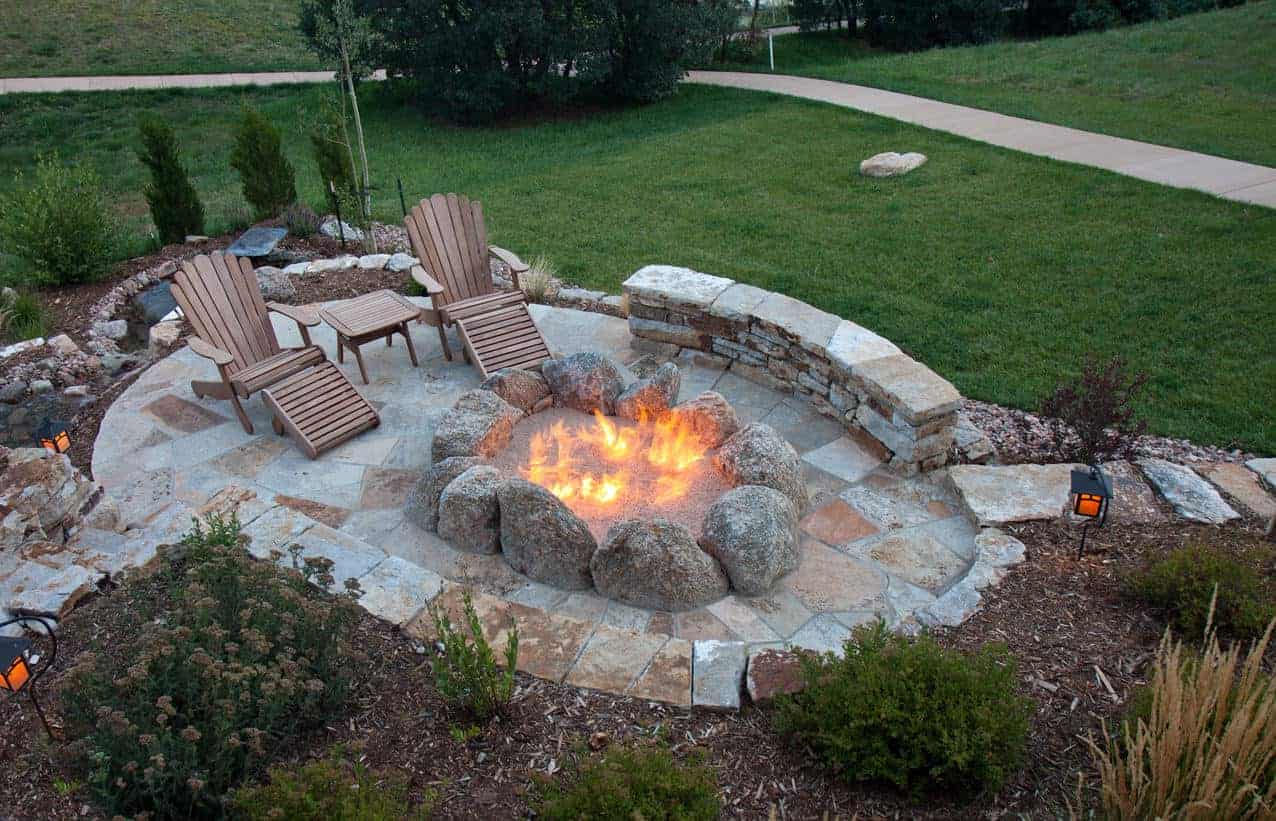
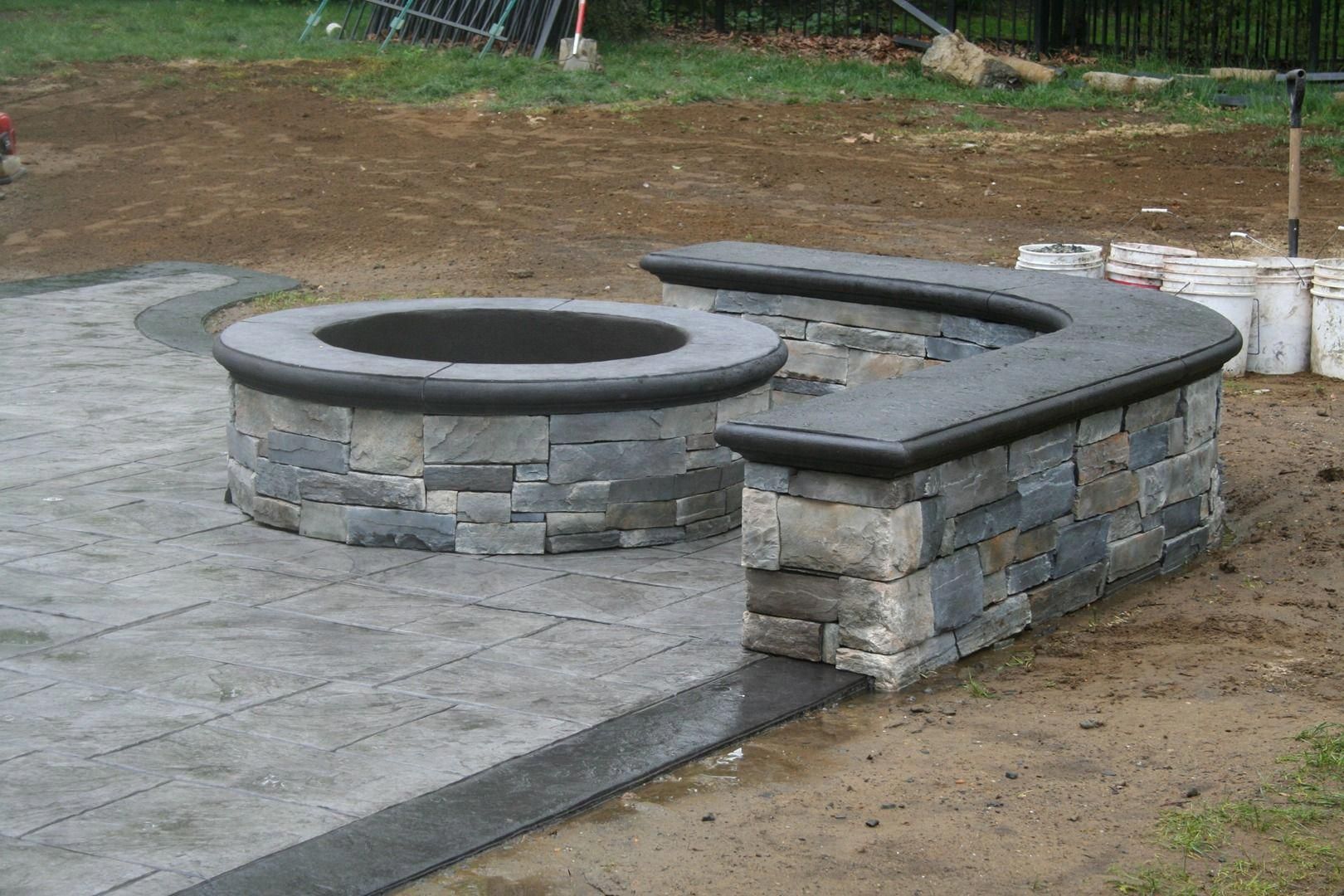
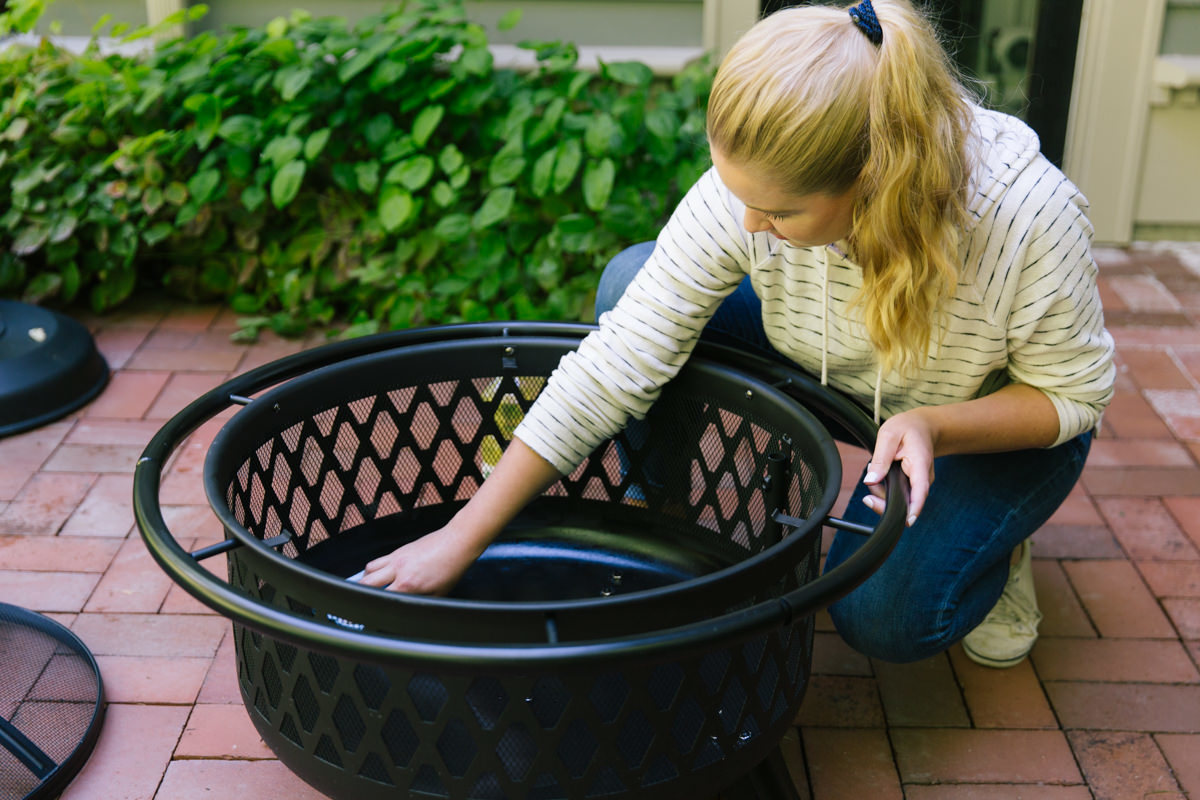
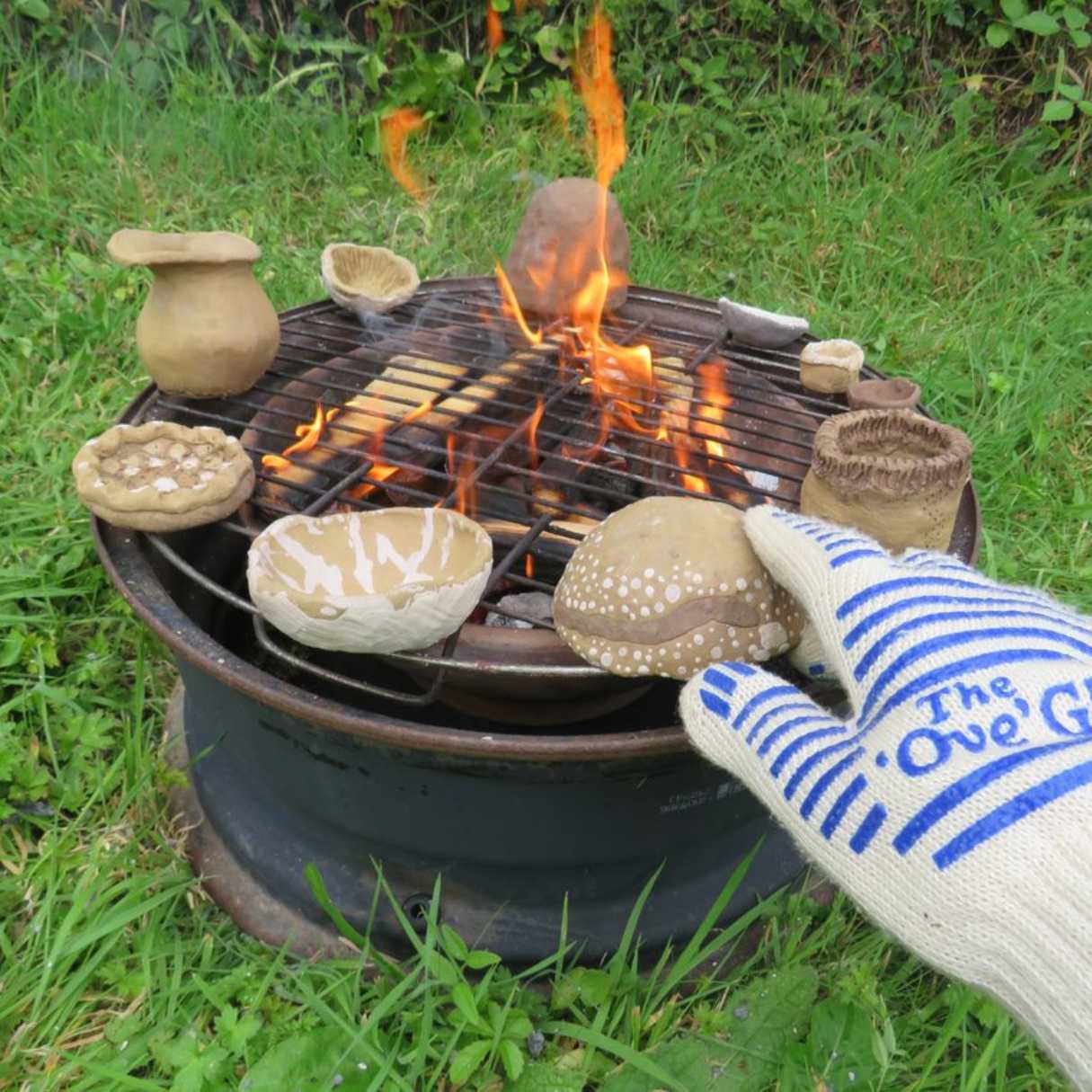
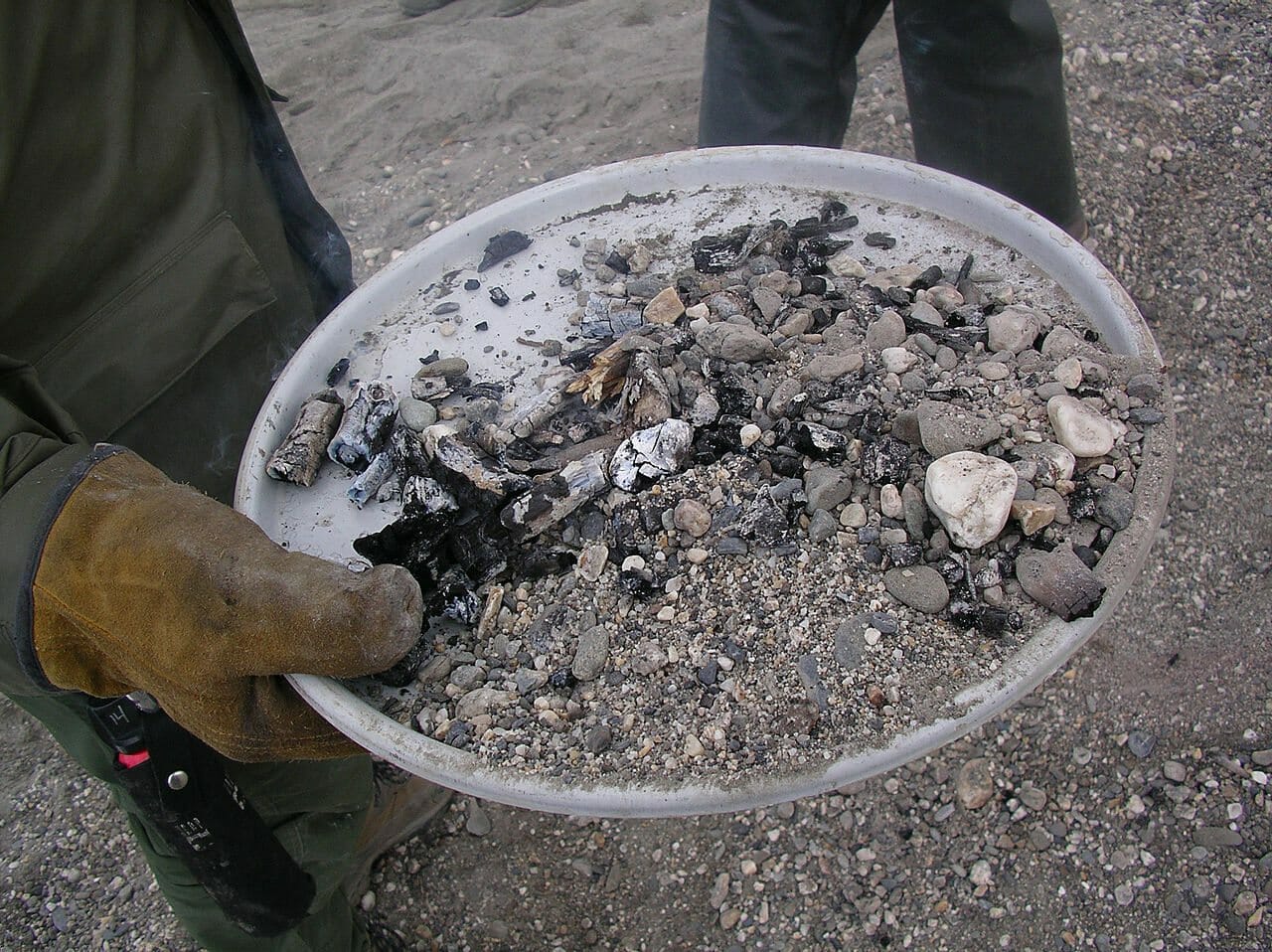
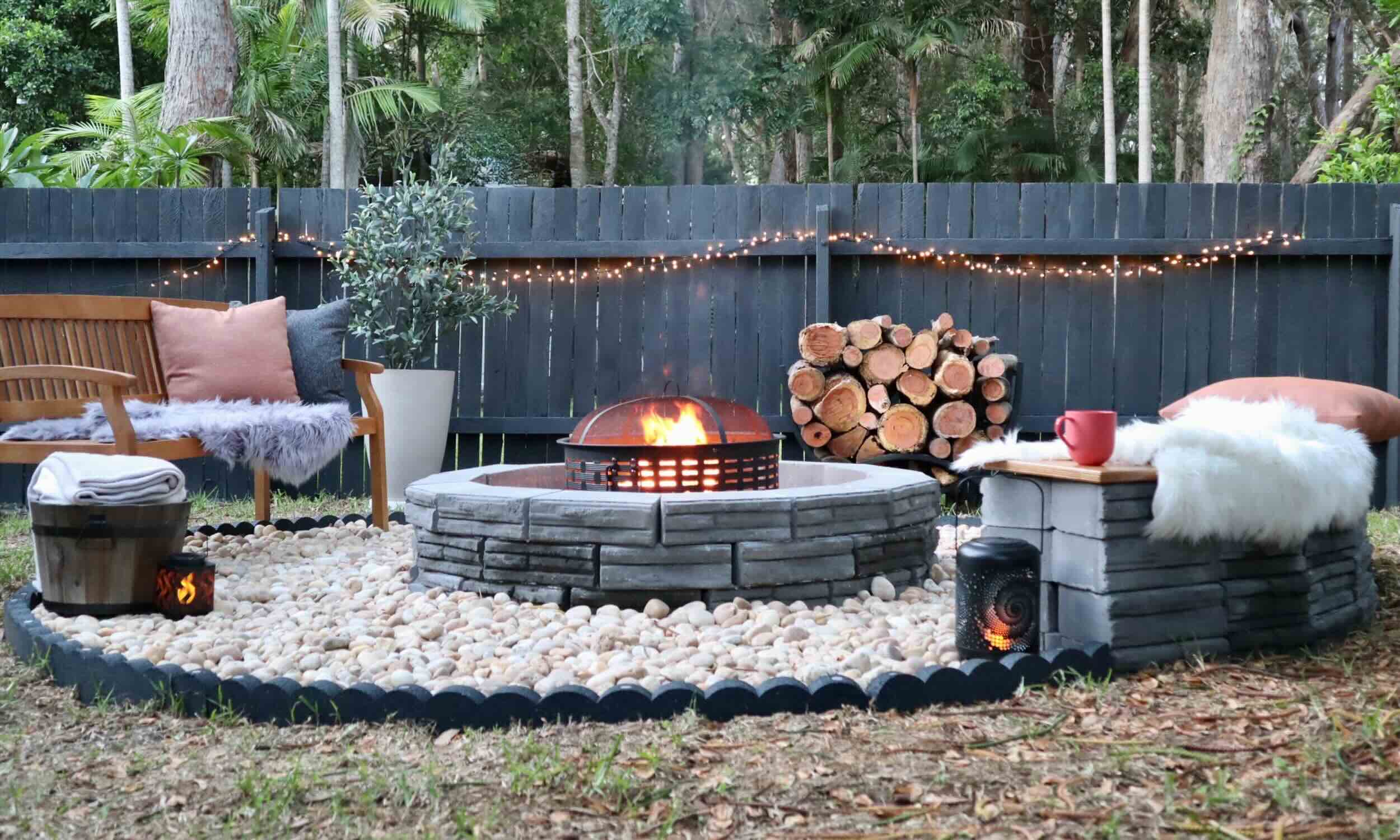
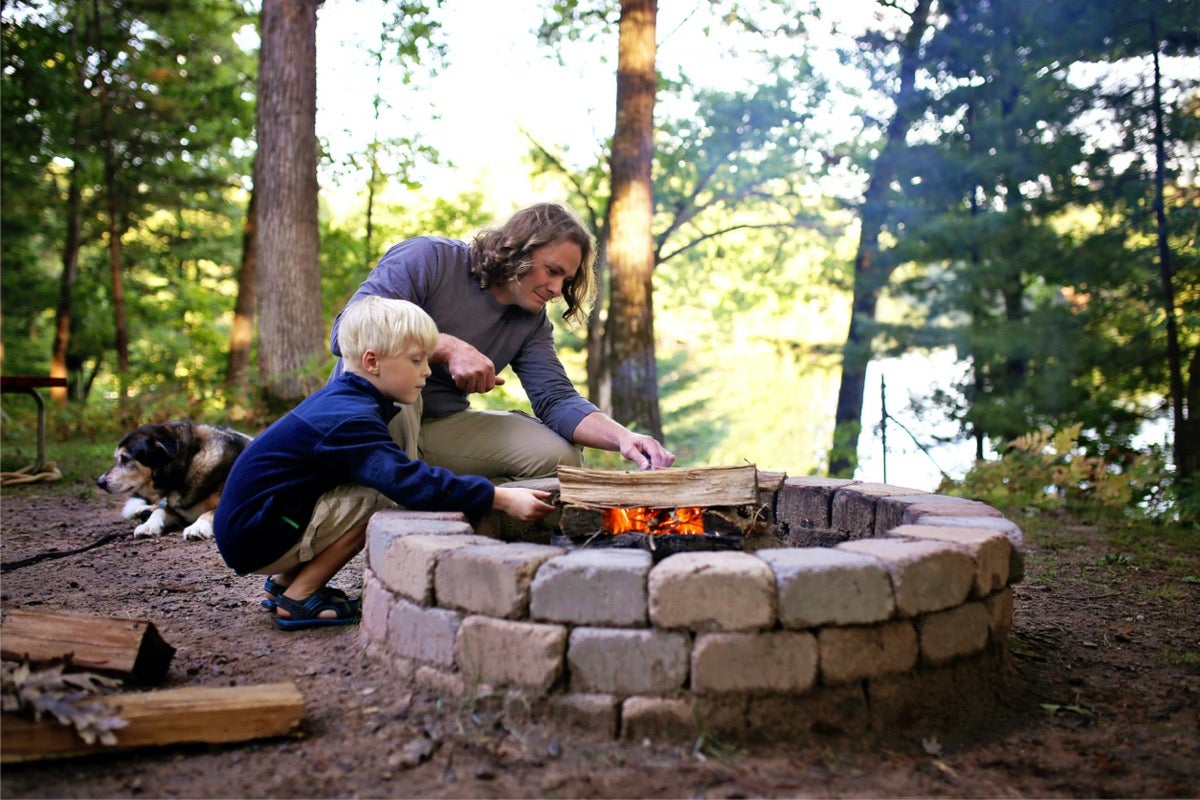
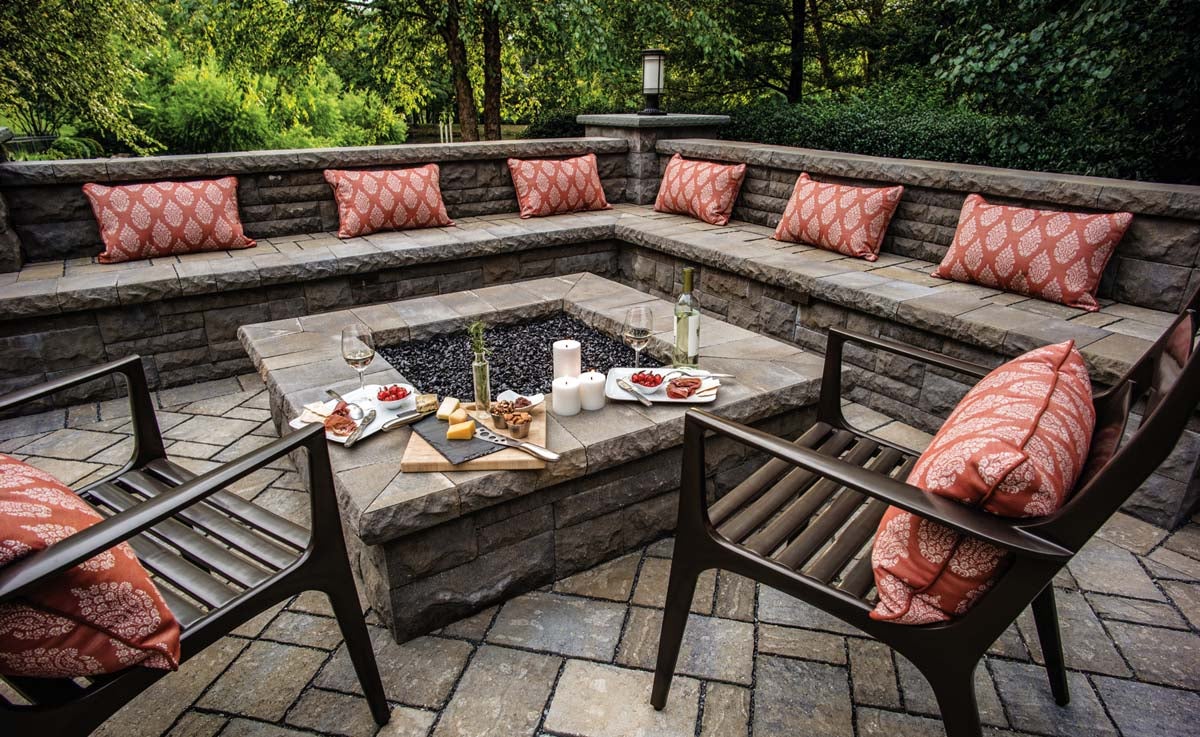
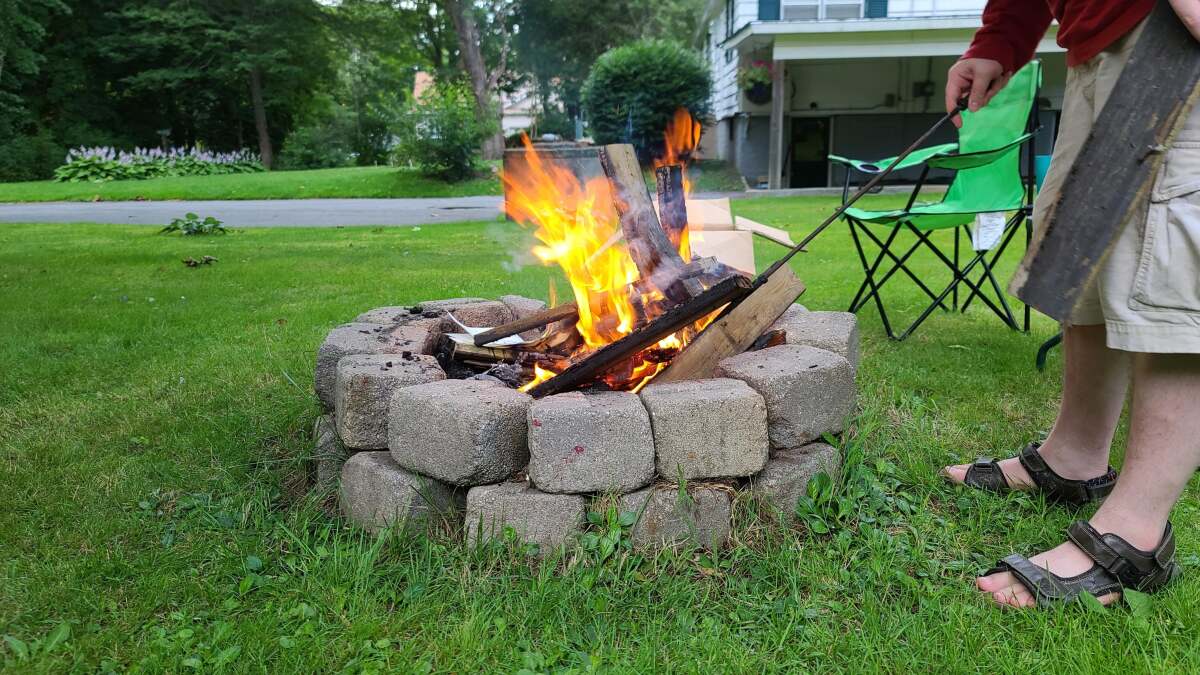
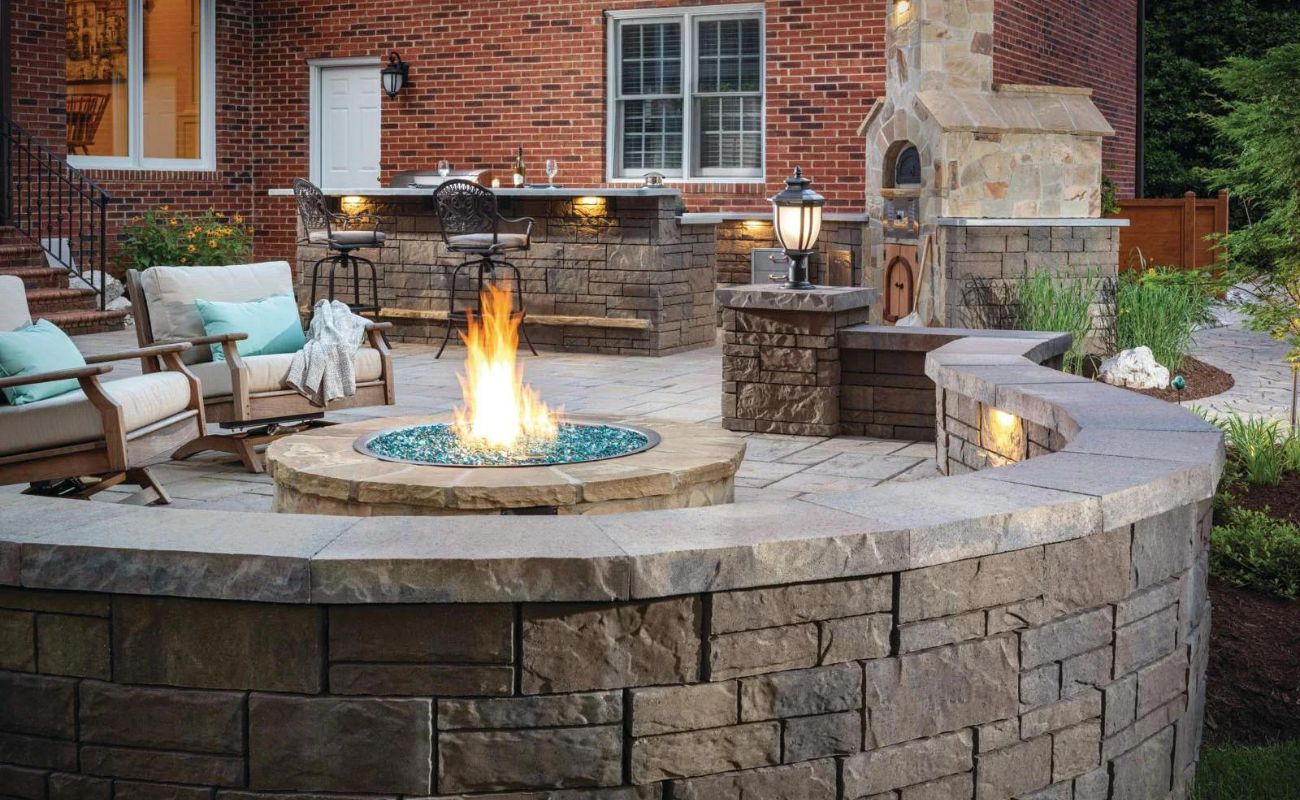
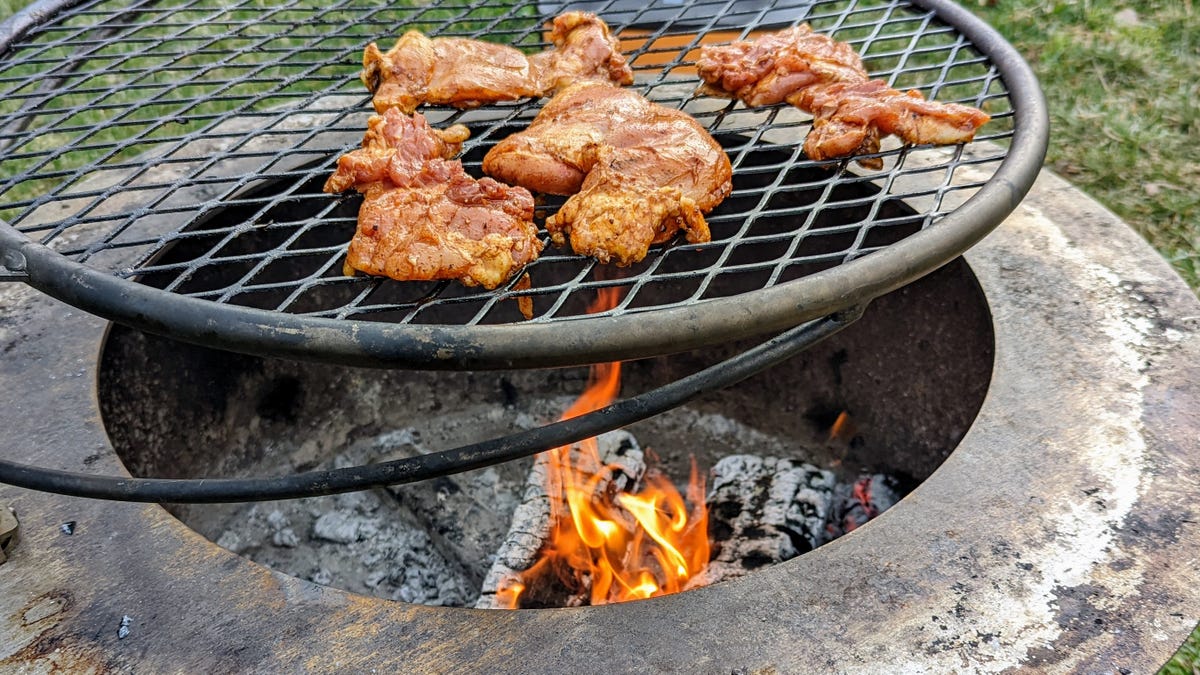
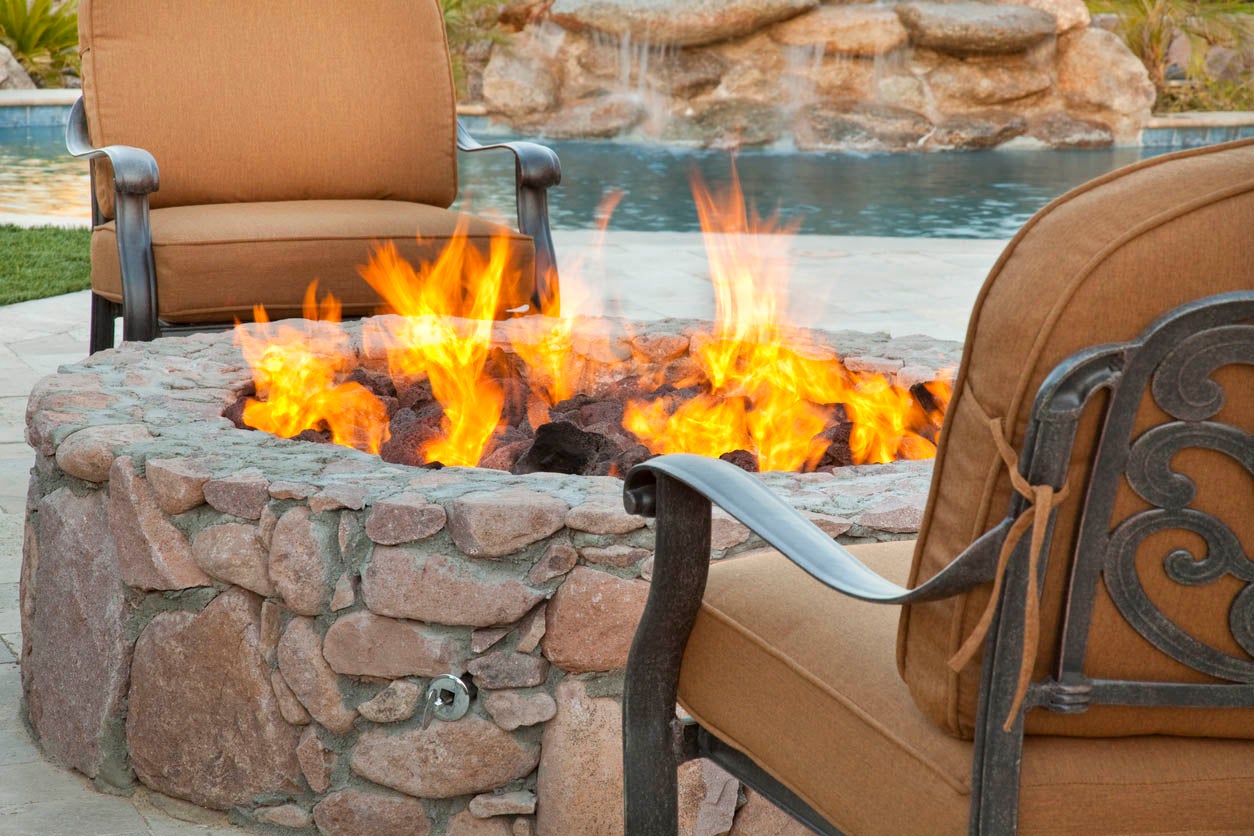
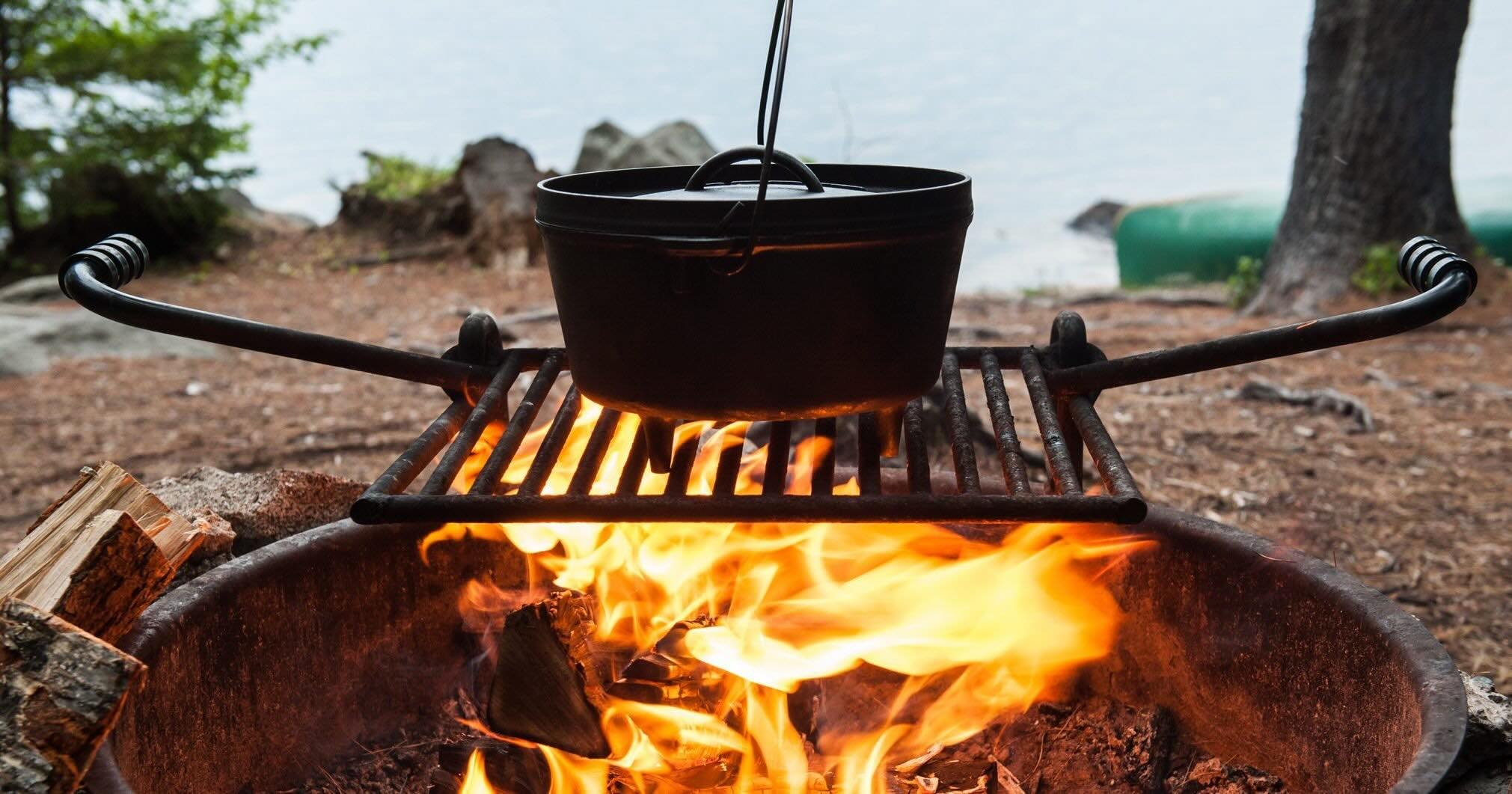

0 thoughts on “How To Protect Patio From Fire Pit”